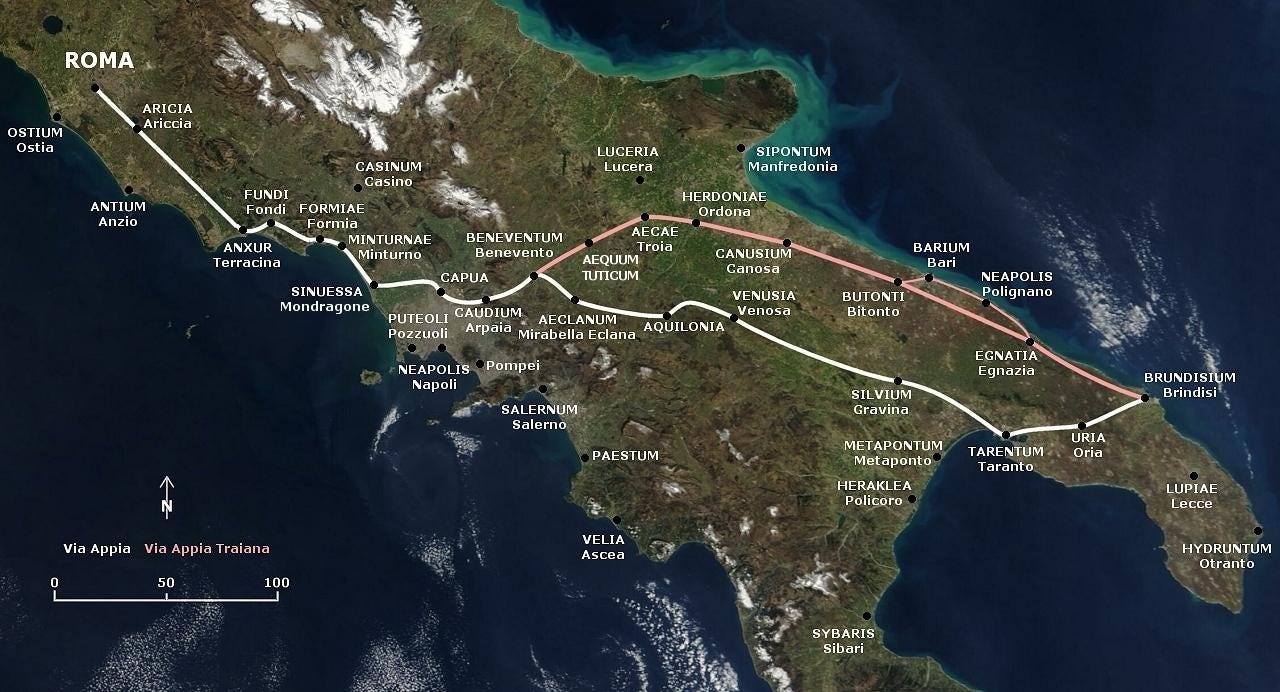
Italy's Via Appia (or ‘Appian Way’) has joined 23 other cultural and natural sites on the UNESCO World Heritage List. 1
The road was originally conceived of as a military necessity for the Roman army around 312 BCE during the mid-Republican period when Roman expansionism and conquest was spreading into the furthest reaches of Italy. Running more than 800 kilometers from the heart of Rome to Brundisium (modern-day Brindisi) in the heel of the Italian peninsula, the Via Appia is not only the oldest Roman road, but it is also considered the most important.
The World Heritage Convention
World Heritage Sites2 are landmarks and areas with legal protection by an international convention administered by UNESCO for having cultural, historical, or scientific significance. The sites are judged to contain "cultural and natural heritage around the world considered to be of outstanding value to humanity."
The most significant feature of the 1972 World Heritage Convention is that it links together in a single document the concepts of nature conservation and the preservation of cultural properties. The Convention recognizes the way in which people interact with nature, and the fundamental need to preserve the balance between the two….The Convention defines the kind of natural or cultural sites which can be considered for inscription on the World Heritage List.3
PINES of the Via Appia
Pines of Rome (Italian: Pini di Roma), tone poem in four movements for orchestra completed in 1924 by the Italian composer Ottorino Respighi.
This is “Pines of the via Appia.”
Vander Horst, Danielle. Rome’s Oldest Highway Added to the UNESCO World Heritage List | Art & Object (artandobject.com) September 3, 2024.




